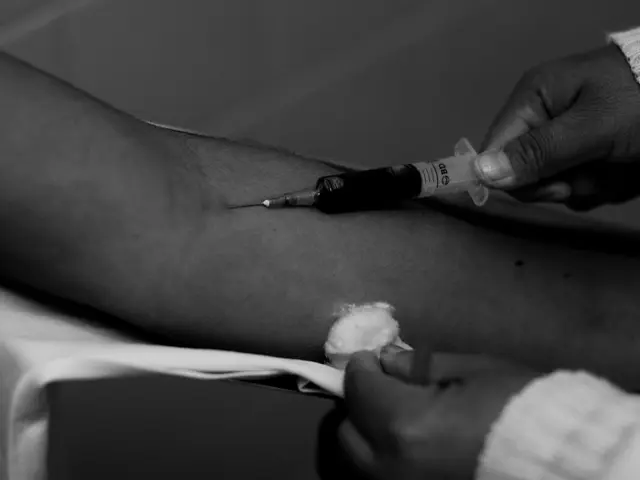Written Analysis of Cursive Script Integrity
For years, handwriting examination and analysis have been crucial components in questioned document laboratory casework. It's all about personal differences – each person writes uniquely, even within their own writing, and it's the expert's eye that spots whether two writings are from the same individual or not.
Document examiners dive into questioned document analysis, which includes handwriting examination and the study of various aspects of the questioned document. Here's a rundown of what you'll find:
Handwriting Styles:
- Cursive: This connected style, opposite of block letters where the pen raises for every new letter, is the speedier way to write. Known as script or joined-up handwriting, cursive is less frequently used to refer to this.
- Pre-cursive: The transitional phase between printing and cursive, where individual letters come together to form a connected style.
- Print: This style involves separate letters, often seen in official forms and known as block letters, print scripts, or manuscripts.
Attention to Detail:
When examining a document, pay heed to the following aspects:
- Fold lines, creases, or impressions from items like paper clips or stamps
- Cancellation stamps to spot where parts of the document have been obliterated
- Erasures that may thin the paper and disturb its surface
- Chemical erasures, blots, smears, and other signs of tampering
- Dimensions of the document, holes, tears, perforations, adhesive stamps, wire marks, and watermarks
While handwriting analysis is based on the observer's subjective opinion and expertise, it remains a vital tool in forensic investigations. Unique characteristics of each individual's handwriting, class characteristics that specific groups share, and individual characteristics distinct to the writer, are all points of focus for comparative examination.
The following elements are studied in depth:
- Slant/Slope
- Writing size variations based on factors such as camouflage, change in pace, and exhaustion
- Relative letter sizes
- Terminal spurs
- Connecting strokes (garlanded or arcaded), hiatus, pen lift, hesitation, letter spacing, shading, line quality, rhythm, tremor, and diacritics
- Eye/eyelet, hook, loop, retrace, staff/stem, buckle/buckle knot, terminal stroke, patching/retouching
In the examination of questioned documents, examiners also look for signs of forgery, such as document alterations, erasures, overwriting, and counterfeit documents. The process includes microscopic examination, UV light analysis, spectral analysis, and other advanced techniques to uncover hidden details.
Finally, experts express their findings through forensic investigative reports, detailing whether the questioned document matches the writer or indicating any tampering or counterfeiting detected. The examination of questioned documents is essential to uncover the truth in criminal cases involving forgery, fraud, identity theft, and more.
Forensic science extends beyond handwriting analysis, also encompassing the study of medical-conditions and health-and-wellness. For instance, a fitness-and-exercise trainer may utilize forensic science to understand the impact of physical exertion on an individual's health, aiding in the development of personalized workout plans.
Alongside questioned documents, other aspects of a document may be scrutinized in forensic science; for example, the various dimensions, such as holes, tears, perforations, adhesive stamps, wire marks, and watermarks, offer clues about a document's authenticity or origin.
In the medical field, forensic science can help in the analysis of medical records to determine the cause of a patient's medical-condition or to support a case of malpractice. This multidisciplinary approach in forensic science opens doors to innumerable avenues of investigation, ensuring that the truth is always at the heart of their investigations.








